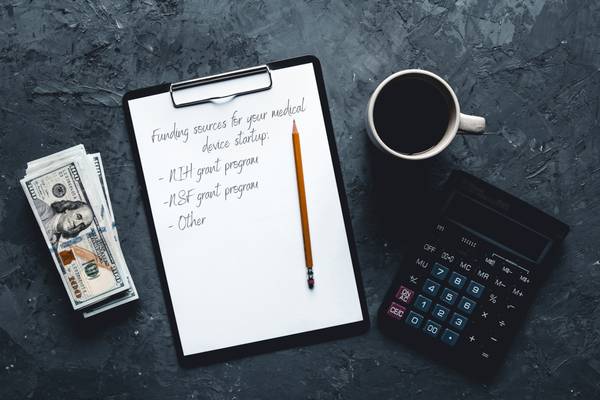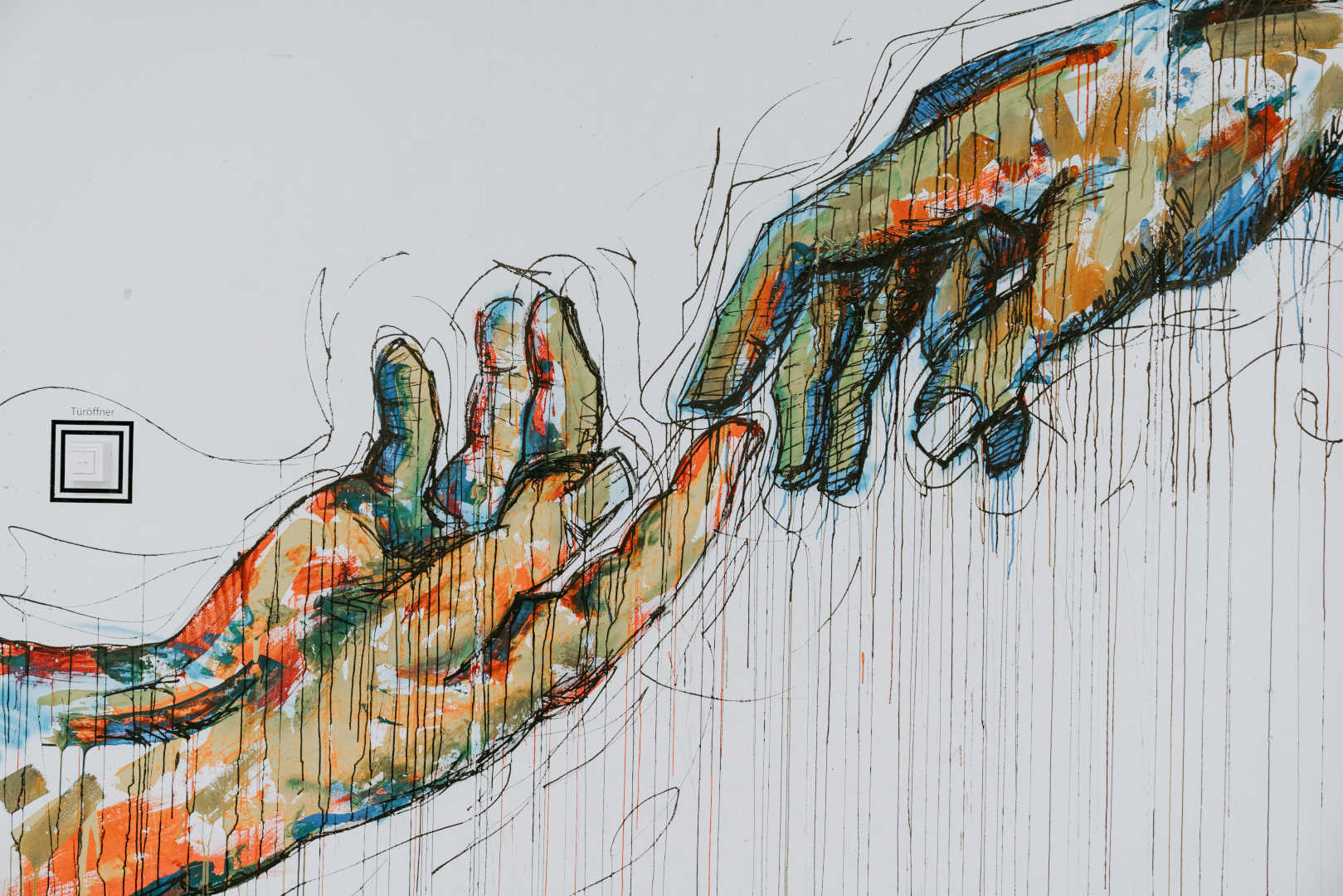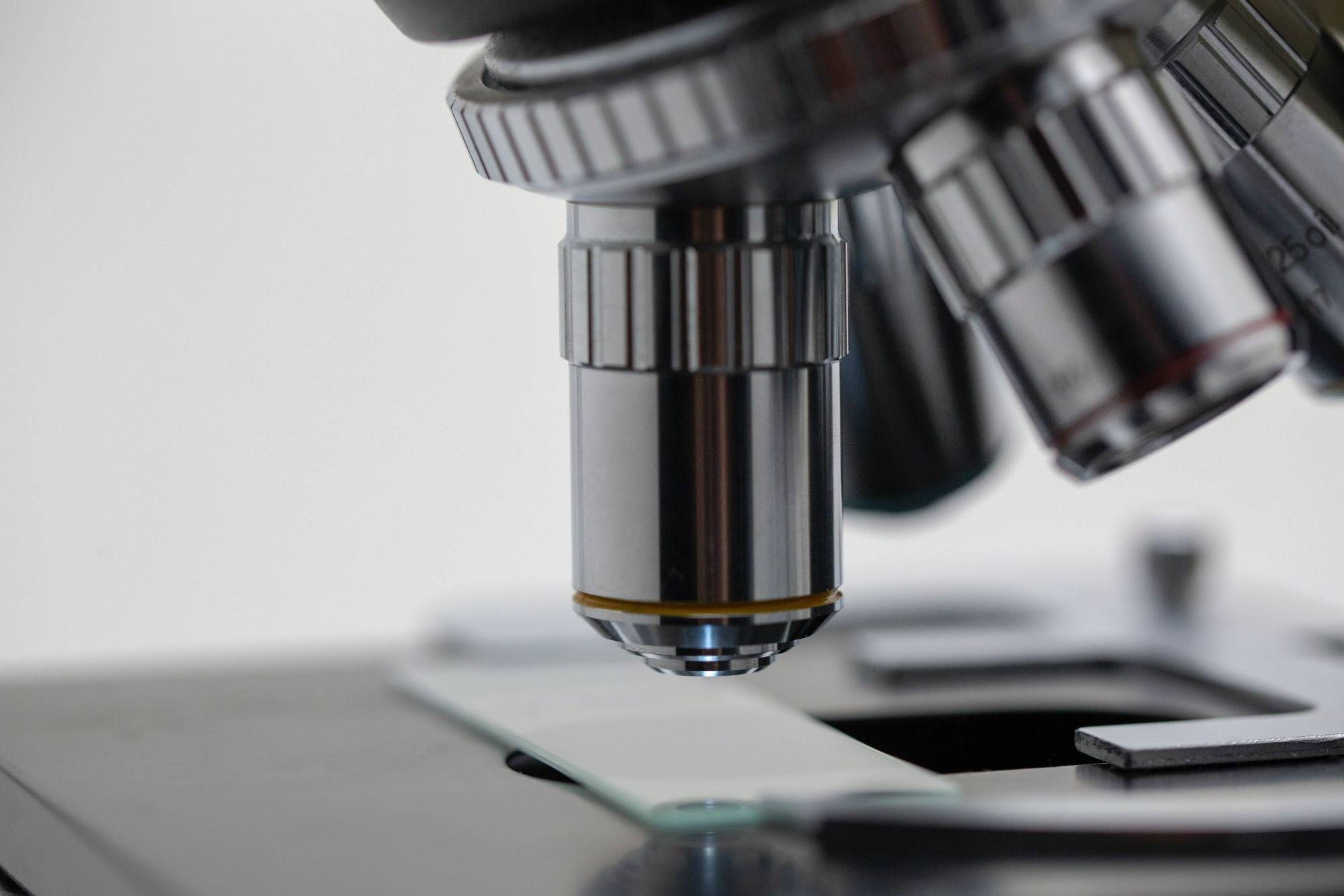NIH and NSF Grants for Medical Device Startups
From concept to commercialization, the cost of launching a startup can seem overwhelmingly high. This reality is especially true for medical device startups, which require more capital than most prior to going to market. Thankfully, organizations like the National Institutes of Health (NIH) and the National Science Foundation (NSF) can help ease the initial capital requirements of validating the science and creating proof of concept through two types of programs.
The National Institute of Health and the National Science Foundation both offer seed funding through their respective Small Business Innovative Research (SBIR) and Small Business Technology Transfer (STTR) grant programs. With roughly $1B being awarded each year, these programs are some of the largest sources of early-stage grant funding available for startups (additional sources of federal funding programs may exist within the Department of Veterans Affairs, Department of Defense, NASA, and others).
The primary difference between the SBIR and STTR programs is an SBIR grant may be won by a company acting entirely on its own behalf. STTR grants require a partnership between a small business and a non-profit research institute — typically a college, university, or research lab. A key feature of SBIR/ STTR programs is they are non-dilutive, meaning you don’t give up any equity in your company in exchange for this funding (unlike venture capital).
SBIR grants may only be awarded to companies meeting specific criteria (NIH eligibility criteria; NSF eligibility criteria). With regards to intellectual property (IP) rights, SBIR grants most often do not come with any restrictions on pursuing a patent; however, in the case of an STTR, the IP is typically shared, per a pre-negotiated arrangement between the small business and the research institution partner.
Grants are awarded across three phases. Phase I is the introductory phase and is most often used for feasibility studies. While there may be many awardees at the first phase, subsequent phases become more competitive and the monetary award grows considerably. There are exceptions to the usual process, such as the FastTrack mechanism, for especially promising and important innovations, and the Direct Phase II, which can allow companies to receive funding even if they haven’t participated in Phase I.
| Phase | Description | Funds Available |
| NIH Phase I | Feasibility and proof of concept | Typically $150K, to cover 6 months of effort |
| NIH Phase II | Clinical research/technical research and development | Typically a continuation of Phase I funding,around $1M, to cover 2 years of effort |
| NIH Phase III | N/A | NIH typically does not award Phase III awards |
| NSF Phase I | Feasibility study | Typically $256K, to cover 6 months of effort |
| NSF Phase II | R&D expansion towards commercialization | Typically $1M, to cover 2 years of effort |
| NSF Phase III | Commercialization | Varies depending on anticipated amount to bring innovation to commercial sales |
(Here is a handy infographic overviewing the NIH Funding Process.)
The submission process for NIH and NSF grants can seem overwhelming; however, there are resources that can help. Many times, universities that might partner with a small business in pursuit of an STTR award have trained staff that can assist in the grant writing process. Keep in mind this formal process is very strict and it is crucial to thoroughly review your submission before applying. There are cases of companies having their applications denied due to something as simple as a link being broken. All is not lost though, grants can be revised and resubmitted if denied on first review.
Bringing medical device innovations to life requires strong science, traction, and many people working towards a common goal. It also requires significant upfront capital. If you are seeking initial funding for your innovation, these non-dilutive grants definitely merit consideration. They can not only provide much-needed dollars, but being approved through one of these programs also serves as a form of validation for the public.
Good luck in your journey! If Galen Data can assist by drafting a Letter of Support, please reach out!
Our Funding for Medical Device Startups series continues with a webinar on December, 1 2020 — VC Panel: How Healthcare Startups are Getting Funded Today.
For more info on NSF SBIR/STTRs visit: https://seedfund.nsf.gov/
For more info on NIH SBIR/STTRs: https://sbir.nih.gov/







